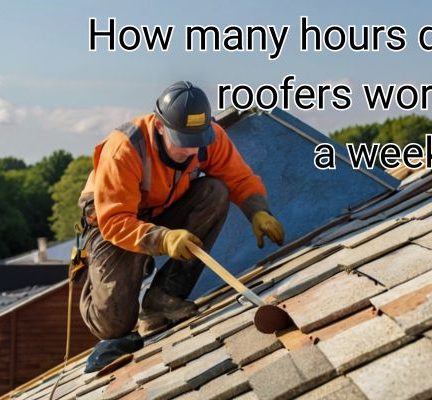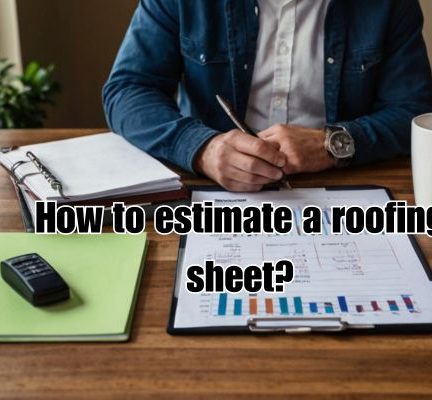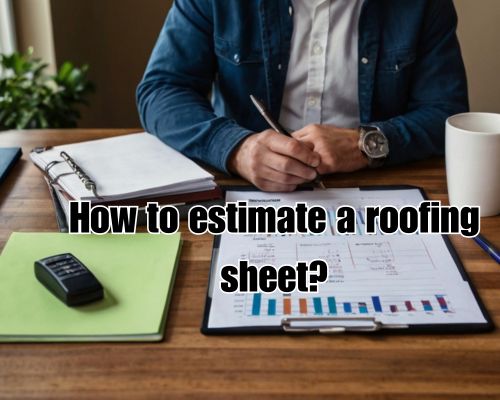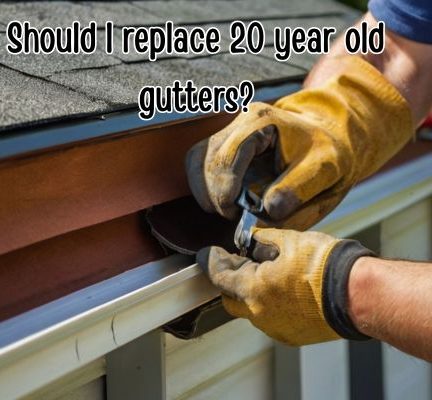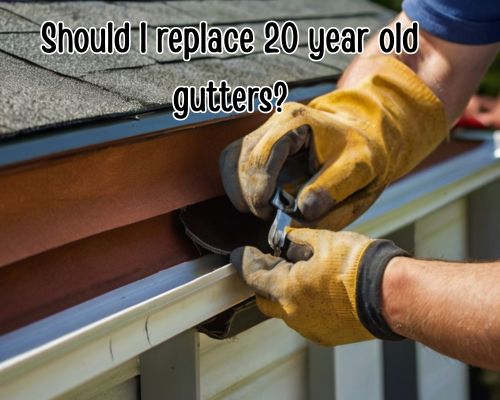Roofing is one of the most physically demanding construction trades, and understanding the working hours of roofers—especially in a climate like West Palm Beach, Florida—can offer insight into job expectations, industry standards, and even homeowner project planning. If you’ve ever asked, “How many hours do roofers work a week?” you’re not alone. Whether you’re considering a career in roofing, hiring a roofing contractor, or budgeting for a project timeline, knowing the typical weekly workload is essential.

Roofing Hours: What the National Average Tells Us
Across the United States, roofers typically work between 40 and 50 hours a week, depending on the season, type of employment, and specific job conditions. Roofing contractors working in residential or commercial construction in Florida may fall within this national average or exceed it, particularly during the dry season when demand peaks.
According to the U.S. Bureau of Labor Statistics (BLS), most roofers are full-time employees. In fact, many roofing professionals often work overtime during busy months—especially in states like Florida where weather can be both a friend and a foe.
Factors That Influence Roofer Working Hours
The number of hours a roofer works weekly can vary significantly based on several key factors:
1. Climate and Weather Conditions
In West Palm Beach, where the tropical climate brings heavy rainfall in the summer and mild, dry winters, roofing work is largely seasonal. Roofers in West Palm Beach often work longer hours in the winter and spring, when there’s less risk of rain delays. During summer’s stormier months, workdays may be shorter or rescheduled due to thunderstorms or extreme heat warnings.
2. Project Type
The nature of the roofing project—residential, commercial, or industrial—affects work hours. For instance:
- Residential roofing in neighborhoods like El Cid or Northwood in West Palm Beach may involve 8-10 hour shifts to complete re-roofs quickly.
- Commercial projects such as flat roofing on retail complexes or resorts near Palm Beach Lakes might require night shifts or extended weekend hours to meet deadlines without disrupting business.
3. Union vs. Non-Union Work
Union roofers in Palm Beach County typically have regulated shifts and formal overtime policies, while non-union crews may work flexible hours based on demand. Contractors might operate six days a week during peak seasons to keep up with scheduled installations and repairs.
4. Company Size and Crew Composition
Larger roofing companies based in West Palm Beach—such as those serving both Palm Beach and Broward Counties—often have structured schedules and can rotate workers to prevent burnout. In contrast, smaller independent roofers might work 60+ hour weeks to handle jobs and customer demands without administrative staff or extra crew.
Typical Weekly Schedule of a Roofer in West Palm Beach
Let’s take a practical look at what a week might look like for a local roofer:
- Monday to Friday: 7:00 AM to 4:00 PM with a 30-minute lunch break
- Saturday (Optional/Seasonal): 7:00 AM to 12:00 PM
- Total Weekly Hours: Ranges from 40 to 50 hours, with some overtime during high-demand seasons or storm recovery periods.
During hurricane season, emergency roof repairs and insurance work can stretch work hours even further. Many roofers in West Palm Beach, especially those who partner with insurance adjusters or restoration services, are on-call to handle time-sensitive repairs. See roofing contractors for more.
Work-Life Balance and Roofing in West Palm Beach
Because of the labor-intensive nature of roofing, fatigue and heat exhaustion are real concerns. Leading roofing companies in the area prioritize safety and schedule management. For example, some employers implement “early-out” days on Fridays, especially during the hotter months, to support worker health and morale.
Work-life balance also depends on the roofer’s role. Supervisors, estimators, and project managers often work more than 50 hours weekly, including administrative duties and client meetings. Meanwhile, installers and laborers may have steadier hours, with some fluctuation due to weather.
Insights from Local Roofing Professionals
West Palm Beach-based contractors often emphasize flexibility and adaptability. In interviews with local roofing businesses, a common sentiment emerged: “No two weeks are the same.” From reroofing coastal homes in Palm Beach Island to replacing shingles on single-family residences in Wellington, job demands shift constantly.
Seasonal surges—like post-hurricane demand or end-of-year tax incentive deadlines—can lead to 12-hour days and 6-day workweeks, especially for teams handling both installation and emergency repair.
How This Affects Homeowners
If you’re a homeowner planning a roof replacement or repair in West Palm Beach, understanding a roofer’s weekly hours helps you estimate project timelines and labor costs. For example:
- A typical 1,500 square foot asphalt shingle roof may take 2-3 days with a 5-person crew working 8-hour days.
- Add one extra day for weather delays during the summer rainy season.
When hiring, always ask your roofer about availability, work hours, and scheduling preferences—especially if you need the job completed by a specific date.
SEO Insight: Why “How Many Hours Do Roofers Work a Week?” Matters
This query serves multiple audience intents:
- Job seekers exploring roofing careers in Florida want to know what a typical schedule involves.
- Homeowners preparing for roof repairs seek to understand how long crews will be present.
- Commercial developers compare labor loads and contract expectations for large-scale projects.
Conclusion: It’s Not Just a Job, It’s a Weekly Grind—Weather Permitting
In West Palm Beach, Florida, the number of hours a roofer works per week can range from 40 to 60+ hours, depending on the season, project load, and employer type. The city’s tropical climate plays a major role in shaping daily schedules, with dry-season months being the most labor-intensive. Whether you’re planning a roofing project or joining the workforce, understanding the rhythm of a roofer’s week is key to setting realistic expectations and achieving successful outcomes.
Helpful Tip for Homeowners:
When getting quotes from local roofing companies, ask about their standard workweek and how they handle delays. Transparency around scheduling reflects professionalism—and helps ensure your project is in good hands.
